Why Proper Equipment Storage Matters for Remote Workers
As remote work becomes a permanent fixture in our professional lives, maintaining and properly storing your tech equipment is crucial for both longevity and performance. Whether you’re managing multiple devices, backup equipment, or seasonal tech tools, proper storage can save you thousands in replacement costs and prevent frustrating downtime.
Essential Equipment Storage Guidelines
Follow these professional storage practices to keep your remote work equipment in prime condition:
- Store equipment in climate-controlled environments to prevent humidity damage
- Use anti-static bags for sensitive components
- Keep cables properly coiled and organized
- Maintain backup equipment in ready-to-use condition
- Document all stored equipment with detailed inventory lists
Creating a Maintenance Schedule
Regular maintenance is key to equipment longevity. Implement these routines:
- Monthly equipment checks and cleaning
- Quarterly backup device testing
- Semi-annual deep cleaning and inspection
- Annual professional maintenance for critical equipment
Climate-Controlled Storage Solutions
Your tech equipment needs the right environment to stay in optimal condition. Consider these storage factors:
- Temperature: Maintain between 65-80°F (18-27°C)
- Humidity: Keep between 45-65%
- Dust protection: Use covered storage solutions
- Light exposure: Minimize direct sunlight
Organizing Your Tech Storage Space
Create an efficient system for storing and accessing your equipment:
- Label everything clearly and consistently
- Use modular storage solutions for flexibility
- Implement a check-in/check-out system for shared equipment
- Keep frequently used items easily accessible
Emergency Backup Solutions
Don’t let equipment failures disrupt your work. Prepare with these strategies:
- Maintain redundant systems for critical equipment
- Store emergency power solutions properly
- Keep spare peripherals ready for quick deployment
- Document emergency procedures for tech issues
Professional Storage Unit Considerations
When using a storage unit for equipment, look for these features:
- 24/7 climate control systems
- Enhanced security measures
- Easy access during business hours
- Clean, well-maintained facilities
Long-Term Storage Best Practices
For equipment you don’t use regularly:
- Remove batteries from devices
- Update and verify all software before storage
- Use protective covers and cases
- Create detailed reactivation procedures
Conclusion
Proper equipment storage and maintenance are essential investments in your remote work success. By following these guidelines and utilizing climate-controlled storage solutions, you can protect your technology investments and ensure reliable performance when you need it most. Remember, a little prevention through proper storage can avoid major disruptions to your remote work routine.


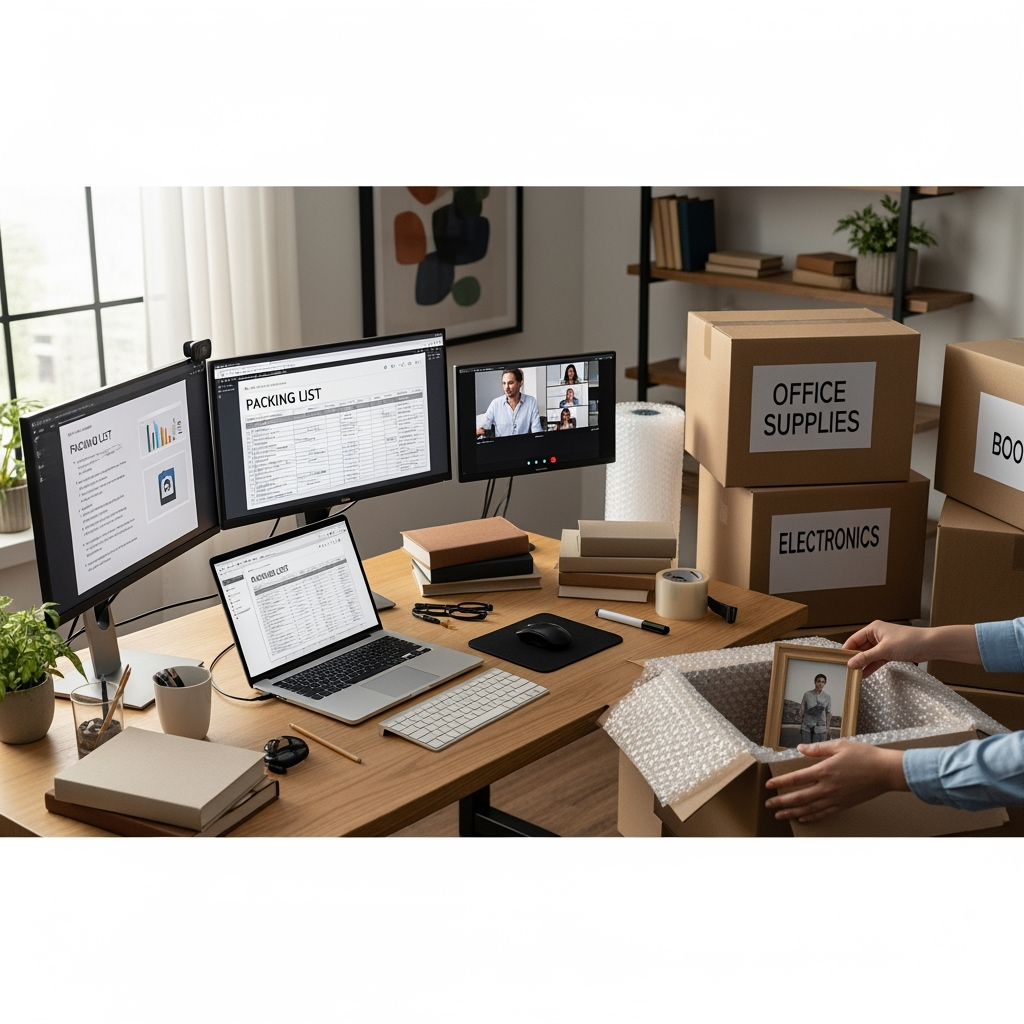
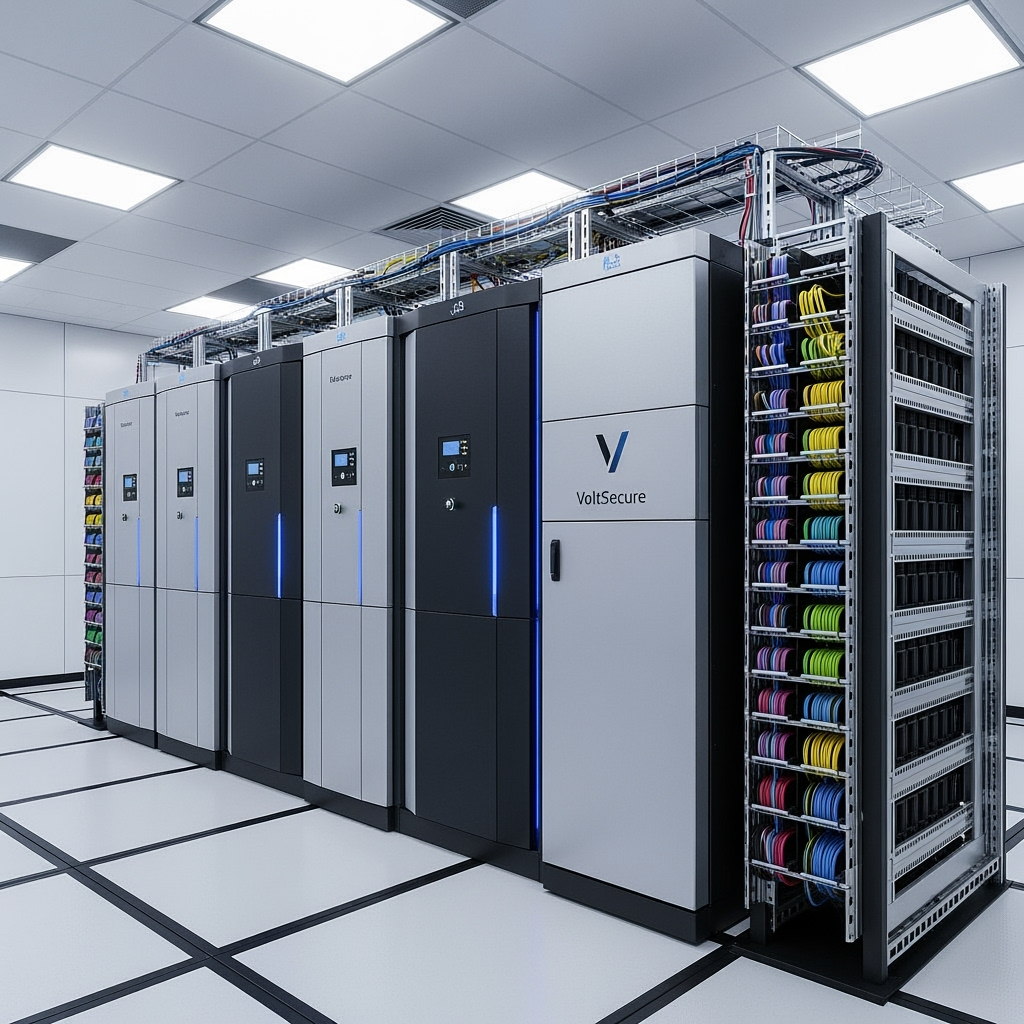
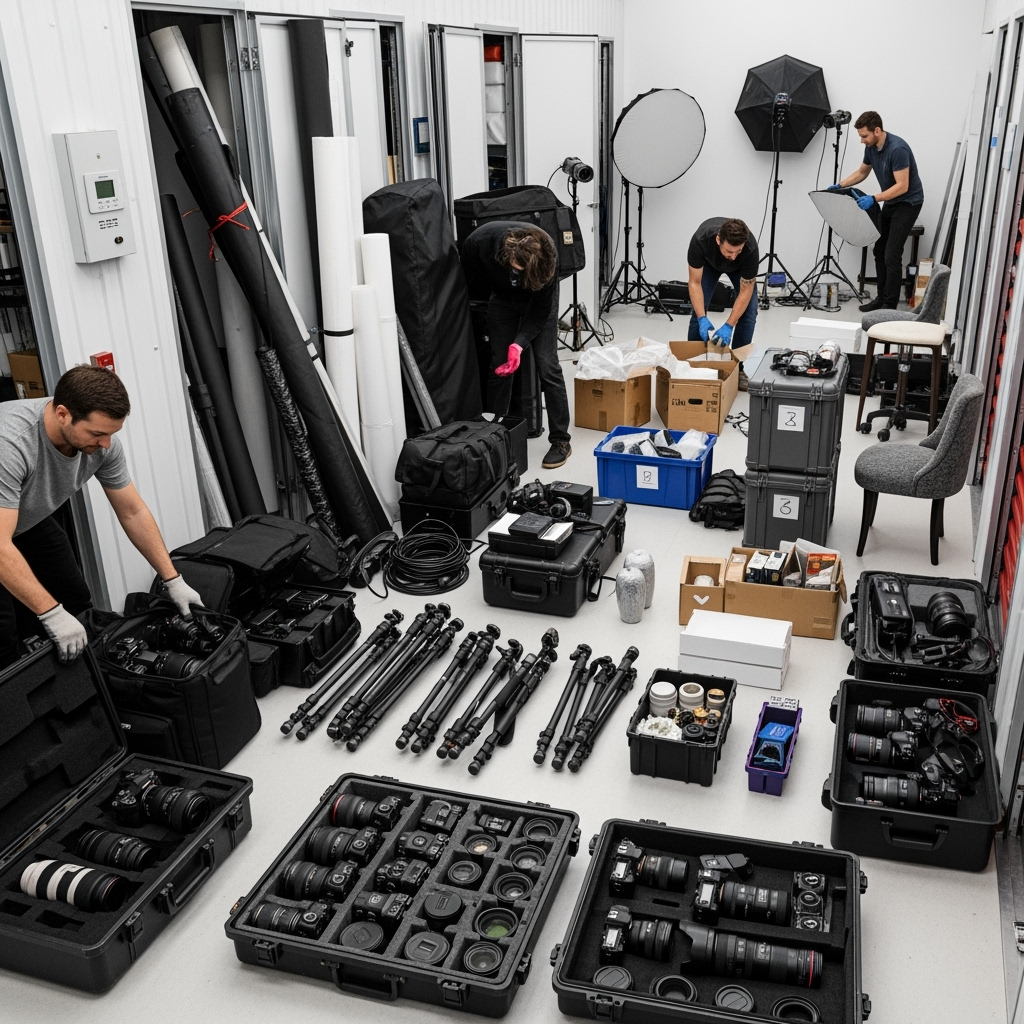
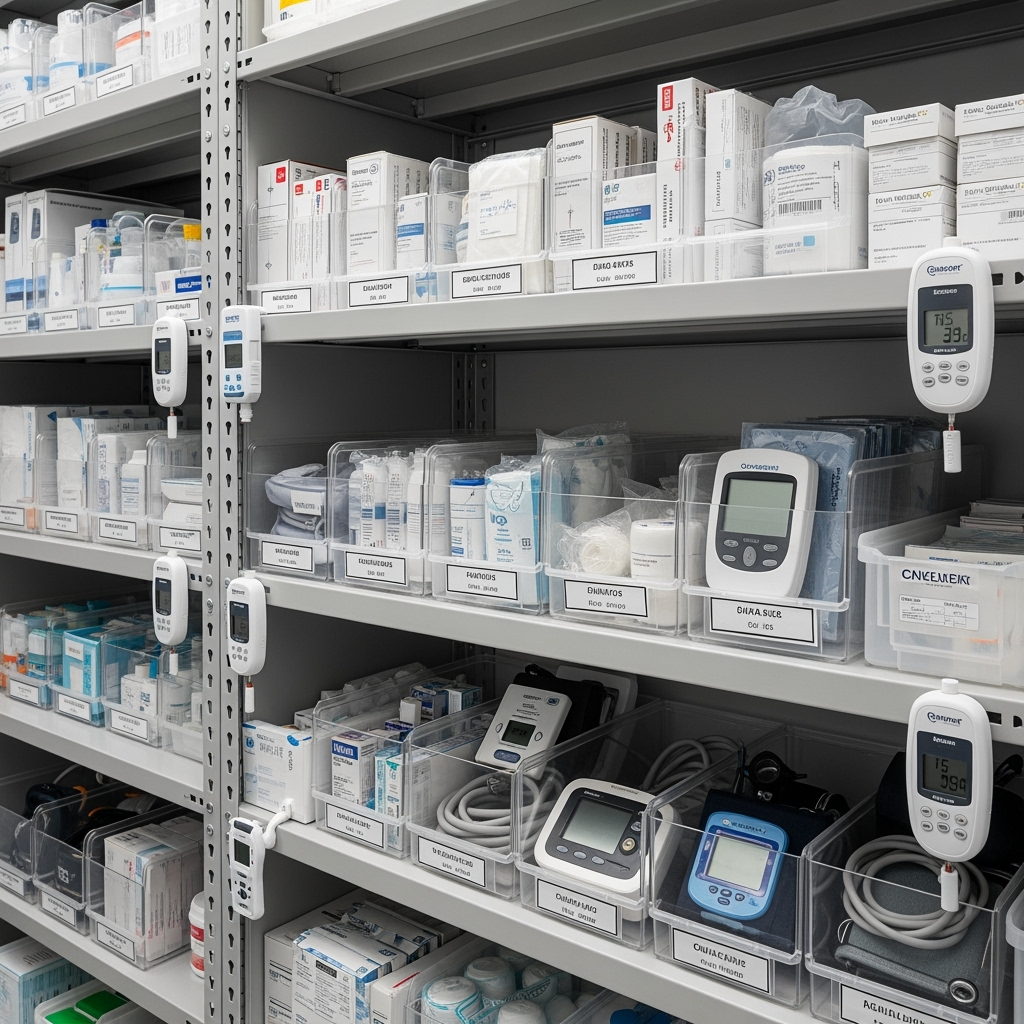
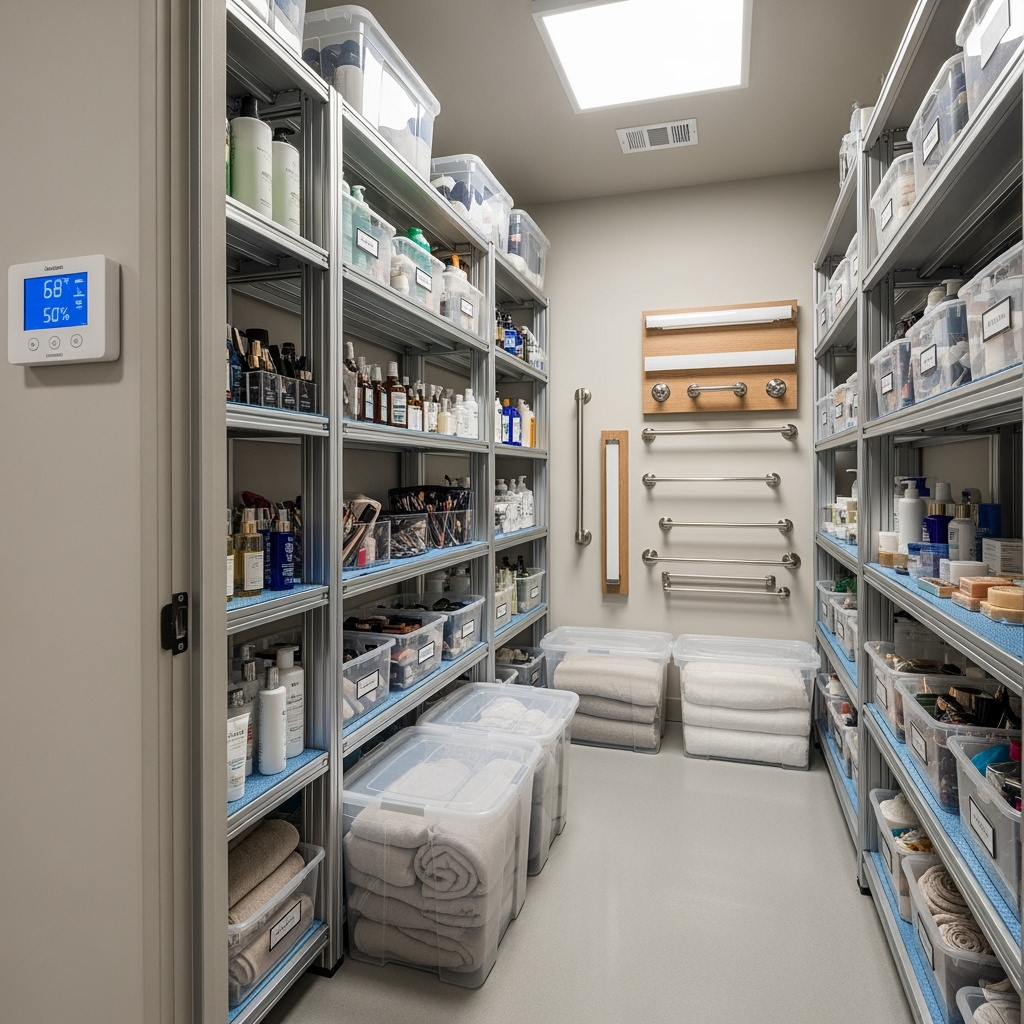
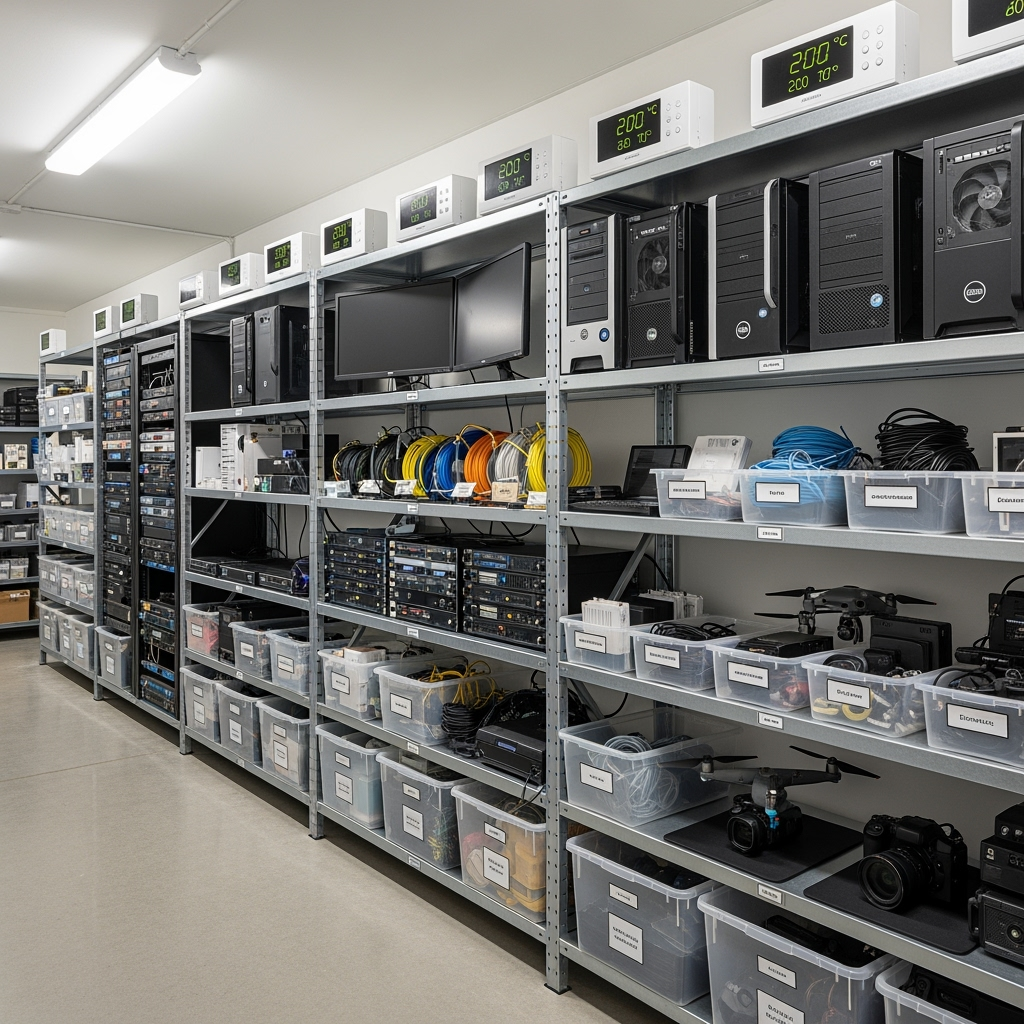
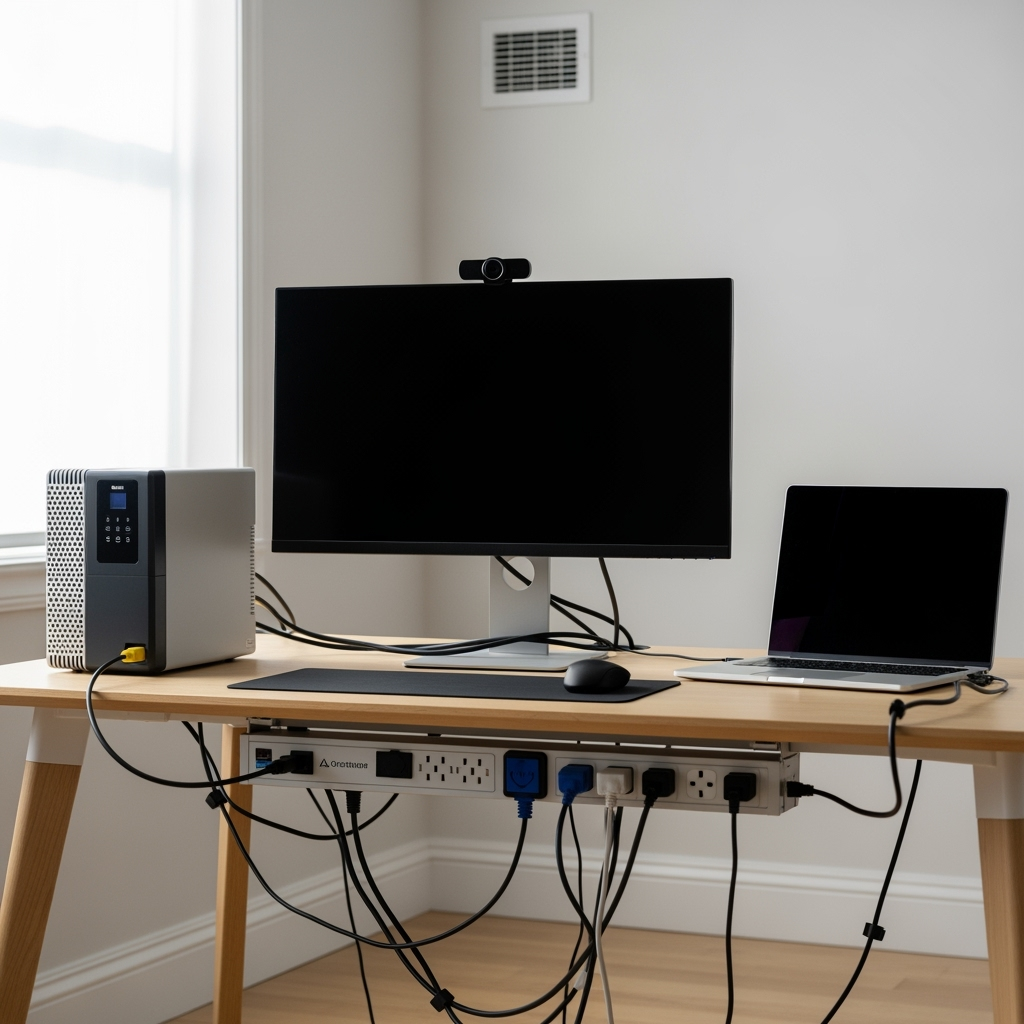
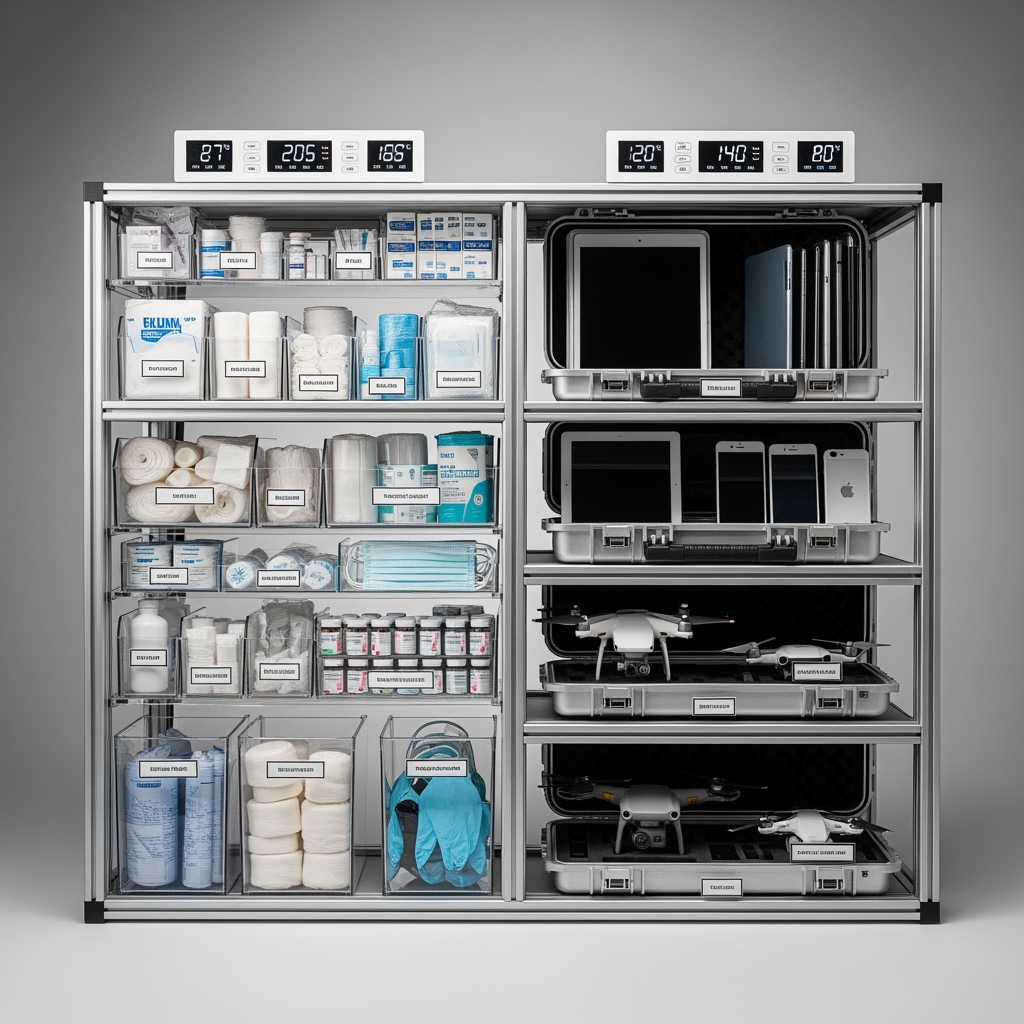
Leave a Reply